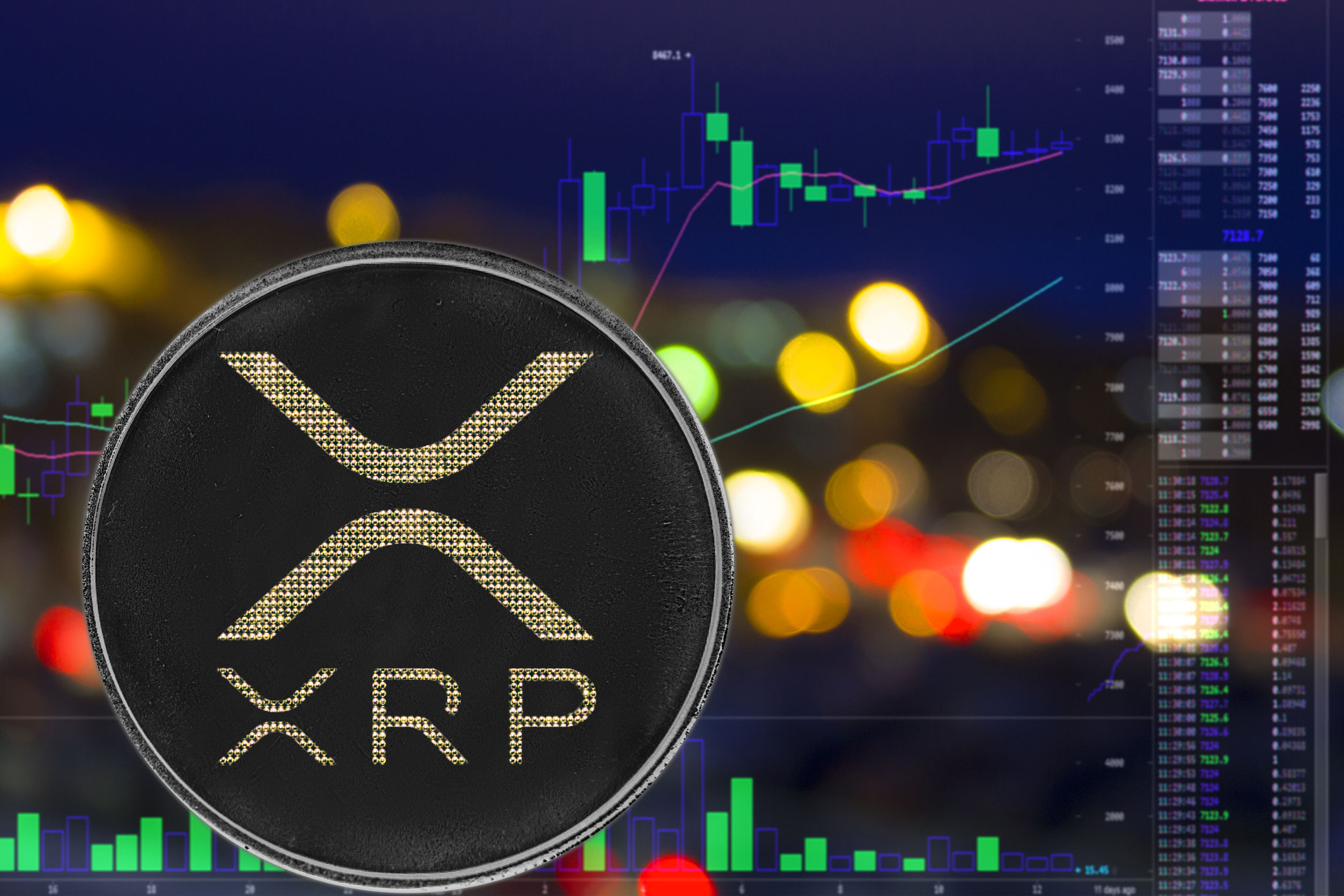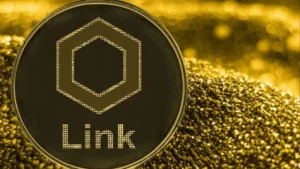XRP’s journey since December 2020 has been nothing short of tumultuous. The altcoin’s battle with the U.S. Securities and Exchange Commission (SEC) has kept investors on edge as the lawsuit seeks to determine whether XRP should be classified as a security. With the outcome of this legal saga looming, the implications for XRP’s price and future trajectory are significant.
Price History – Peaks and Valleys
XRP achieved its all-time high of $3.92 on January 4, 2018, marking a pinnacle for the cryptocurrency. However, the euphoria was short-lived as the altcoin has since navigated through several bearish phases, dipping as low as $0.002802 in July 2014. More recently, it plummeted to $0.113268, showcasing the volatility that has defined XRP’s market performance. Despite these setbacks, XRP has shown resilience, reaching a high of $1.97793 before the ongoing legal issues dampened market enthusiasm.
Current Market Sentiment
As it stands, XRP is trading around $0.5329, with the broader market sentiment leaning bearish. The Fear & Greed Index reflects this caution, currently sitting at 52, indicating a neutral market sentiment. Despite this, technical indicators suggest that a bullish breakout might be on the horizon, contingent on key resistance levels being breached.
Technical analysts have pinpointed the $0.70 mark as a critical resistance level for XRP. If the altcoin manages to break through this barrier, it could trigger a bullish surge, potentially pushing prices towards the $0.80 to $0.90 range. Currently, XRP is testing support at $0.5210, and analysts predict that an 8.49% bounce could propel the price to $0.5778, which aligns with the upper point of the Fair Value Gap (FVG).
However, the 200-day Exponential Moving Average (EMA) at $0.5540 presents another hurdle. XRP’s relative strength index (RSI) is currently at 41.59, suggesting that the altcoin hasn’t yet entered a robust bullish trend. The altcoin must break through these critical levels to gain momentum and shift investor sentiment.
The SEC Lawsuit and Its Ripple Effects
The ongoing SEC lawsuit has cast a long shadow over XRP’s price movements. In August 2023, Judge Analisa Torres ruled that selling XRP on secondary markets does not constitute the sale of securities, which provided temporary relief to investors. However, the court also ordered Ripple to pay $125 million for institutional sales deemed in violation of securities laws, reintroducing uncertainty.
This uncertainty has been exacerbated by the SEC’s decision to appeal parts of the ruling in October, causing renewed price fluctuations. Ripple’s cross-appeal aims to clarify the definition of “investment contracts” under securities law, but the ongoing legal back-and-forth has made investors wary, knowing that the case’s outcome could set significant precedents for XRP and the broader cryptocurrency market.
Ripple’s Chief Legal Officer, Stuart Alderoty, remains optimistic about the appeal process, stating that the SEC lost on many issues in the initial ruling. Yet, the ongoing legal uncertainty continues to weigh heavily on XRP’s price, making it imperative for investors to stay informed and cautious.
Also Read: Ripple’s Chris Larsen Donates $1M In XRP To Kamala Harris PAC, Part Of $200M War Chest
As XRP navigates this challenging landscape, its price trajectory remains inextricably linked to the outcome of the SEC lawsuit. Whether XRP can break through key resistance levels and enter a new bullish phase is a question that hangs in the balance, but one thing is clear: XRP’s journey is far from over, and the next chapter could reshape the future of this cryptocurrency.
In a world where regulatory clarity is still a distant goal for many cryptocurrencies, XRP stands at a crossroads. The resolution of its ongoing legal battle could determine not just its fate but also set a precedent for the cryptocurrency sector as a whole. Investors must remain vigilant as XRP’s price continues to dance between uncertainty and opportunity, navigating a path that is as unpredictable as the market itself.
Disclaimer: The information in this article is for general purposes only and does not constitute financial advice. The author’s views are personal and may not reflect the views of Chain Affairs. Before making any investment decisions, you should always conduct your own research. Chain Affairs is not responsible for any financial losses.



